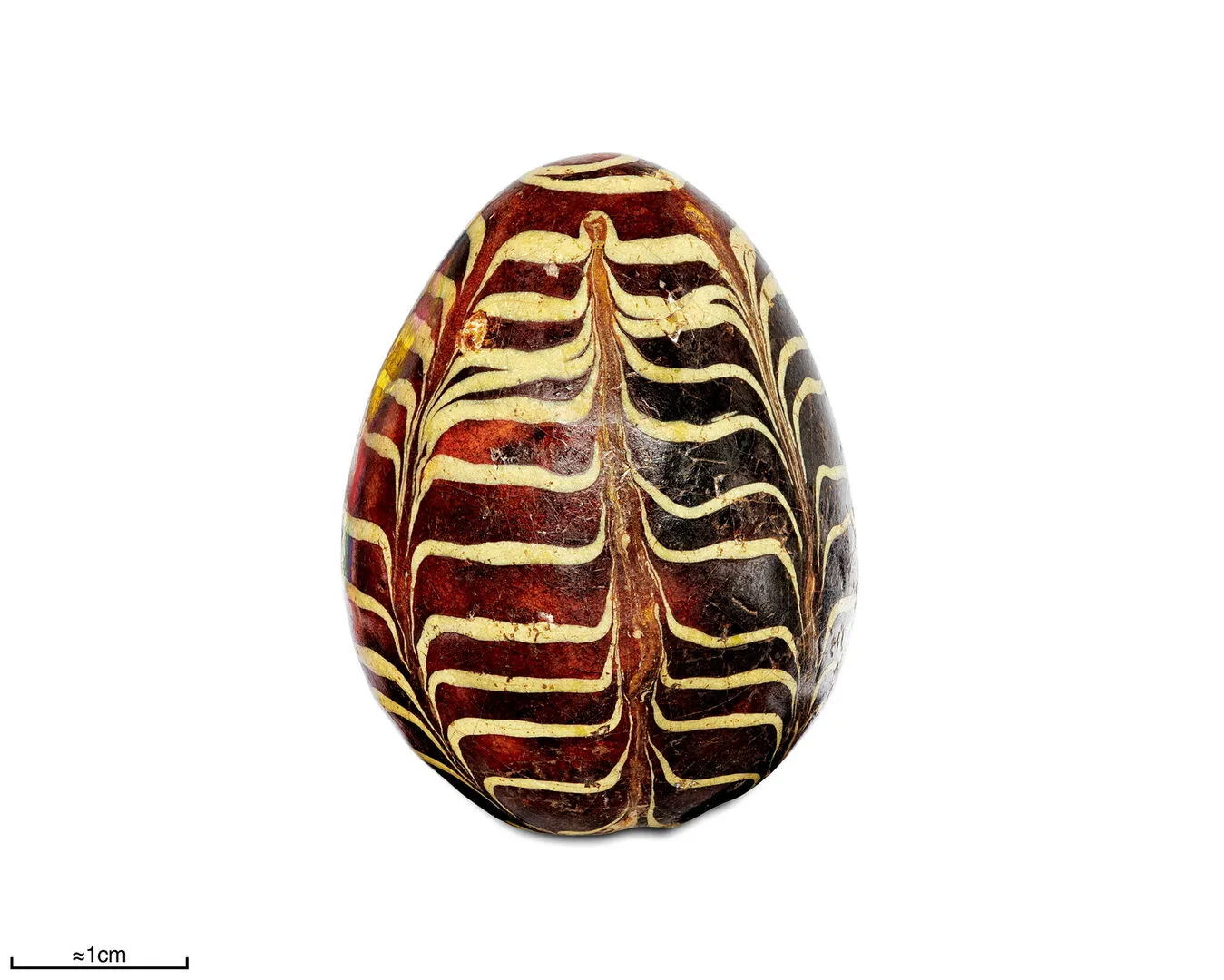Medieval saint: Henry
Viking Age
AD 800 – AD 1100
Middle Ages
AD 1050 – AD 1520
Modern Age
AD 1520 – AD 2025
Henry was born in England and came to Sweden in 1152 together with the papal legate Nicholas Breakespear. A legate, or envoy, is a representative appointed by the pope to carry out a mission. After four years in Scandinavia, Nicholas Breakespear returned to the Continent in 1154, where he was elected pope under the name Hadrian IV.
Henry became bishop of Old Uppsala and joined King Eric on a crusade to Finland. He remained there to continue missionary work.

Altarpiece
Henry travelling on a ship to Finland with King Erik.
Depictions of Henry
In the collections of the Swedish History Museum there is a reliquary shrine, a type of altar cabinet, in which Henry is depicted. King Eric and Bishop Henry are seated in a ship sailing across the Baltic Sea to Finland. King Eric is shown with a fashionable forked beard, while Bishop Henry is clean-shaven and dressed in episcopal vestments, including a mitre.
This was the conventional way of depicting bishops in the Middle Ages, regardless of what they were doing. In reality, of course, he would have worn more practical clothing while travelling. The shrine was made in Sweden around the mid-15th century and comes from Länna Church in Uppland.
The martyrdom of Henry
According to legend, when Henry sought to sentence a farmer named Lalli to ecclesiastical punishment for committing murder, Lalli killed him instead. This took place in 1156. Henry is sometimes shown standing upon his murderer Lalli.
As early as 1158, he was canonised by his friend, Pope Hadrian IV. To be canonised means that someone is officially declared a saint – a process within Christianity by which a person is recognised as holy after death and added to the official list of saints. This entails that the person is venerated by the Church.
Henry’s feast day is celebrated on 19 January.







